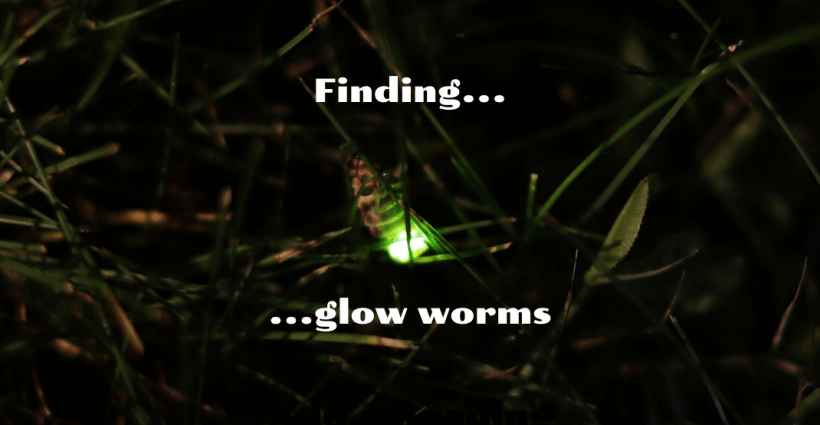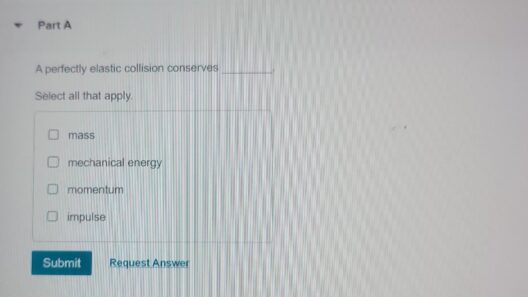Glow worms, with their ethereal luminescence flickering in the darkness, provide more than just a stunning visual experience; they grant us profound insights into the principles of energy conservation. These fascinating organisms, found in various parts of the world, express an intrinsic understanding of energy efficiency that humans can learn from. But how can such small creatures inspire a paradigm shift in our energy consumption practices? This essay explores the lessons that glow worms can impart in our quest for sustainable energy solutions.
First and foremost, understanding the biology of glow worms illuminates their remarkable adaptation to minimize energy expenditure. Glow worms produce light through a biochemical process known as bioluminescence. This process enables them to attract prey without the need for excessive metabolic investment. In a world where humans often rely on energy-intensive means to achieve their goals, glow worms demonstrate that less can indeed be more. They utilize their ecological niche with precision, offering a salient reminder that economic energy use is pivotal for survival.
Consider the metaphorical question: What if we approached our daily energy consumption with the same efficiency as glow worms? Could we design our homes and transport systems to be as finely tuned as their natural light displays? This thought experiment challenges us to rethink our energy systems. Instead of conforming to the conventional wisdom of “more is better,” what if we embraced a philosophy grounded in mindful efficiency? The glow worm’s success nests in its ability to derive utility while minimizing waste—a principle worth mirroring in contemporary energy practice.
One of the most compelling aspects of glow worm behavior is their attraction strategy. The luminous glow emitted by these creatures serves as a beacon to insects, drawing them in with an alluring spectacle. This predatory tactic underscores the importance of targeted effectiveness over sheer force. In our own energy practices, we can glean that the strategic application of energy does not require lavish expenditure. For example, transitioning from traditional incandescent light bulbs to energy-efficient LEDs embodies this principle by providing adequate illumination with far less energy consumption.
The lessons gleaned from glow worms extend into broader ecological dynamics. In their habitats, glow worms often exist in balance with their environment. Their energy lifecycle is interconnected with the ecosystem, demonstrating a fundamental principle of sustainability: the interdependence of species and energy flows. In human terms, recognizing how energy conservation affects societal constructs—from community designs that promote public transport to investments in renewable energy technologies—can lead to significant shifts in our collective energy footprint.
Moreover, glow worms exemplify resilience amid environmental changes. Their populations may fluctuate with climatic conditions, yet they adapt as necessary to maintain their energy-efficient lifestyles. As we confront the realities of climate change—a challenge that is as pressing as it is complex—the glow worm stands as a testament to the importance of adaptability in conservation efforts. How can we, then, incorporate flexibility in our energy policies and practices? The ongoing evolution of technologies in solar, wind, and bioenergy presents opportunities to embrace change, fostering a culture that prioritizes long-term sustainability.
Education plays a pivotal role in disseminating the ethos of conservation drawn from our glow worm mentors. Children and adults alike can benefit from experiential learning opportunities that highlight the intersection of biology and energy efficiency. Developing curricula that engage students with real-world issues of conservation, emphasizing the role of organisms like glow worms, can ignite passion for environmental stewardship. Could the incorporation of such organisms into educational programs encourage a generation to view energy consumption through a lens of responsibility?
In exploring the subterranean world of glow worms, we uncover yet another facet of energy conservation: their dietary habits. Primarily feeding on insects, glow worms represent a prime case of predator-prey dynamics that sustains their energy needs. This process urges a discussion on the importance of the food chain and resource consumption. As societies grapple with the ethics of food production and transportation, considering how energy-efficient dietary choices could minimize our carbon footprint becomes increasingly crucial. As the glow worm thrives on local insect populations, perhaps we, too, should reevaluate the ecological impact of our eating habits.
Despite their enchanting presence, glow worms face numerous challenges due to habitat destruction and light pollution, which interfere with their natural behaviors. This vulnerability serves as a clarion call for humanity to take ownership of its energy choices. When we lose sight of the necessity for conservation, we risk extinguishing opportunities for future generations to learn from these marvelous organisms. Protecting glow worms entails safeguarding their habitats and establishing guidelines for lighting practices that reduce disruption. This might necessitate advocating for policy changes at local and national levels—an endeavor that requires concerted determination.
Finally, integrating the lessons gleaned from glow worms into our energy conservation strategies necessitates a change in mindset. It challenges us to reconsider the relationship we have with energy, fostering a communal sense of stewardship. As individuals, we can encourage practices such as using natural light during the day, limiting non-essential energy usage, and supporting renewable energy initiatives. Collectively, advocating for strategic energy applications mirrors the glow worm’s efficient energy use, creating a cohesive path toward sustainability. Will we accept this challenge? The choice remains ours, echoing the wisdom of the glow worm in shaping a future defined by responsible energy management.








